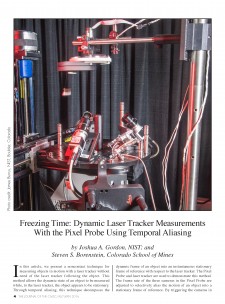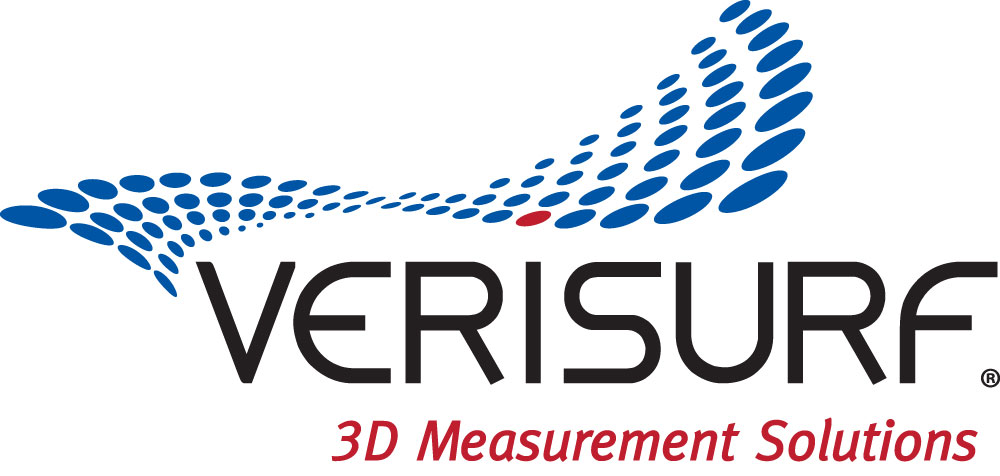
|
Download Members: $0.00 Non‑Members: $75.00 |
Buy Now |
Publication Details
| Published Date: | |
|---|---|
| Authors: | Joshua A. Gordon, Steven S. Borenstein |
| Company: | CMSC |
| Print Format: | Technical Paper |
| Citation: | Joshua A. Gordon, Steven S. Borenstein, "Freezing Time: Dynamic Laser Tracker Measurements With the Pixel Probe Using Temporal Aliasing," The Journal of the CMSC, Vol. 11, No. 2, Autumn 2016 |
Abstract
In this article, we present a noncontact technique for measuring objects in motion with a laser tracker without need of the laser tracker following the object. This method allows the dynamic state of an object to be measured while, to the laser tracker, the object appears to be stationary. Through temporal aliasing, this technique decomposes the dynamic frame of an object into an instantaneous stationary frame of reference with respect to the laser tracker. The Pixel Probe and laser tracker are used to demonstrate this method. The frame rate of the three cameras in the Pixel Probe are adjusted to selectively alias the motion of an object into a stationary frame of reference. By triggering the cameras in the Pixel Probe at an appropriate frequency, the object in motion appears stationary to the Pixel Probe and therefore to the laser tracker as well. This allows spatial metrology to be performed on a dynamic object without the need to operate the laser tracker dynamically. We present measurements of rigid optical targets under both stationary and dynamic conditions. The dimensions of the rigid targets should be the same for both the static and dynamic cases; therefore, these targets provide a controlled experiment. These data are used to validate this technique by providing a direct comparison of accuracy between the use of aliasing with the Pixel Probe to the stationary case. Measurements for a nonrigid body are also made where a mass at the end of a string is constantly rotated at several frequencies. The dynamic 3D motion of the rotating mass is measured and compared to the predictions of Newtonian mechanics. We show that through the purely spatial measurements made with this technique, the rotation frequency of the mass can be determined to less than 1 percent. Furthermore, this technique may enable 3D characterization and calibration of a laser tracker under dynamic conditions, as the laser tracker motion can be decoupled from the calibration target motion, thus allowing direct determination of the dynamic performance of the laser tracker.







